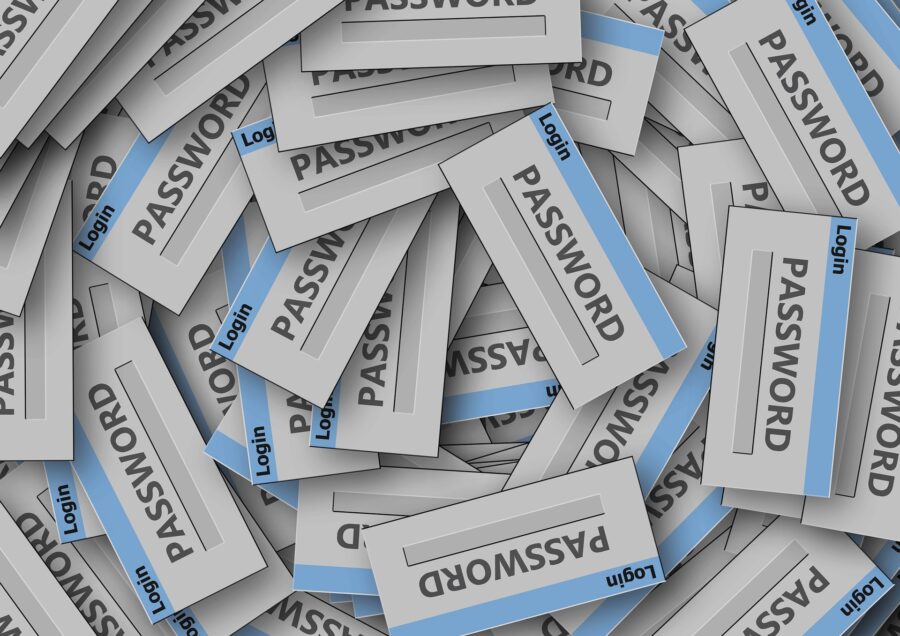In discussions about information security and data protection, the notion of password protection often arises as a perceived safeguard. However, the efficiency of this method hinges on the nature and complexity of the password being used and the sensitivity of the information being protected.
Distinguishing between encryption and password protection is crucial. Imagine your data as valuables stored within a secure box. Password protection means locking this box with a password; the password is the key to access the contents within.
Now, consider encryption as an added layer of security. It involves placing your data in the box, locking it, and then shredding the contents within. Only with the correct key can the box be unlocked, and only this key can ensure the data is reassembled intact. This is the essence of encryption – ensuring data remains unreadable without the appropriate decryption key.
While password protection may be appropriate for certain situations, relying solely on passwords leaves data vulnerable to breaches. For instance, a laptop solely protected by a password can be compromised by removing the hard drive, circumventing the need for the password. In contrast, encryption renders such attempts ineffective; even if the hard drive is removed, the encrypted data remains inaccessible.
Considering the value of your business information, it’s a good idea to evaluate whether encryption is warranted for enhanced protection. Assessing the sensitivity and potential consequences of data breaches can guide decisions on implementing encryption measures to safeguard valuable information effectively.
Are you relying on passwords for your most sensitive business data? If you have concerns about your information security please contact us for a free advice call.
